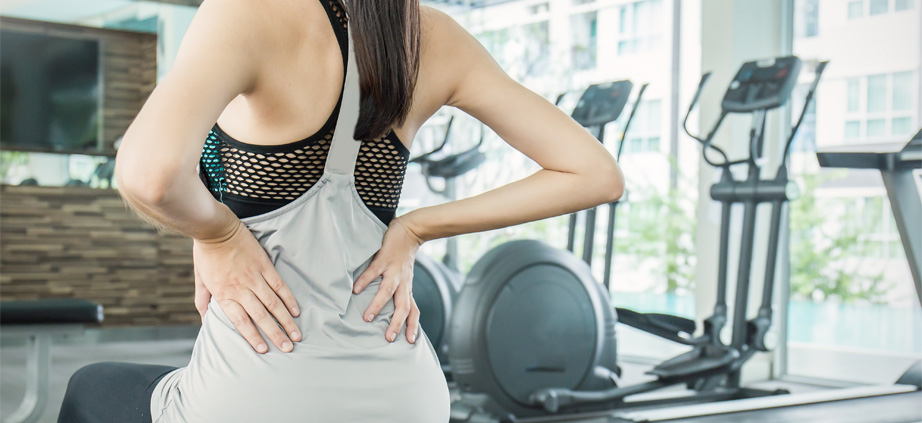Steroid Injections: A Non-Invasive Treatment for Fast, Extended Back Pain Relief
Living with back pain from injury or wear and tear can be overwhelming. When the pain is severe, and you can’t sleep well and have to start canceling important commitments, relief cannot come soon enough.
Steroid injections are a non-invasive, fast-acting, and extended pain relief solution for back pain.
Relief from Upper Back Pain
There are many possible reasons for pain in the upper back. Common problems such as bulging or herniated disc and disc degeneration can compress nerve roots and cause local inflammation.
The pain often remains around the nerves in the upper back and neck area. But, depending on the condition, it can travel down into the shoulders, arms, and hands.
Upper back or cervical steroid injections stop this pain by reducing inflammation and coating the nerves.
Relief from Lower Back Pain
Nerves run from your spinal cord out to your lower back and down your legs. When spinal discs become damaged, they can cause inflammation and irritation of the nerve roots close to the spinal cord.
The pain from this inflammation can radiate from your lower back down into your legs. A lower back or caudal steroid injection can reduce inflammation and relieve the pain.
What can I expect during a steroid injection procedure?
Steroid injections are outpatient treatments. For spinal injections, you will lie on an x-ray table, face down.
Before both the cervical and caudal steroid injections, you may receive a calming intravenous or IV medication. The procedures usually take less than 15 minutes.
Upper Back Injection Procedure:
Patients lay face down. One or two injections are administered to the upper back.
A single injection contains a mixture of anesthetic for immediate pain relief and steroids for long-term pain relief.
When you receive two injections, the first is a smaller needle with a local anesthetic, and the second is a larger needle with the steroid.
Lower Back Injection Procedure:
- Like the upper back or cervical injection procedure, patients lay face down.
- They receive one or two injections into the lower back, above the tailbone.
How long does the pain relief last?
Many patients report immediate pain relief. For many, this is due to the anesthetic, which wears off within hours.
It usually takes the steroid two or three days to set in and relieve the pain. For some patients, relief can last for months.
Back Pain Treatment at Texas Pain Physicians
You don’t have to lose any more sleep or cancel any more appointments because of back pain. If you think steroid injection may be the answer, we can meet with you ASAP.
Our physicians are experts in pain management who can help you decide on the best treatment.
Book an appointment online or give us a call at (972) 636-5727 today!



